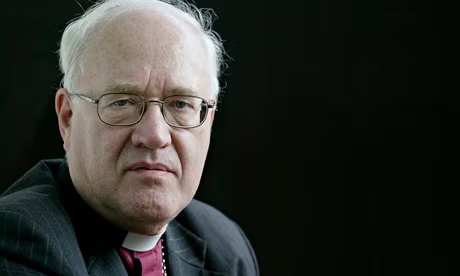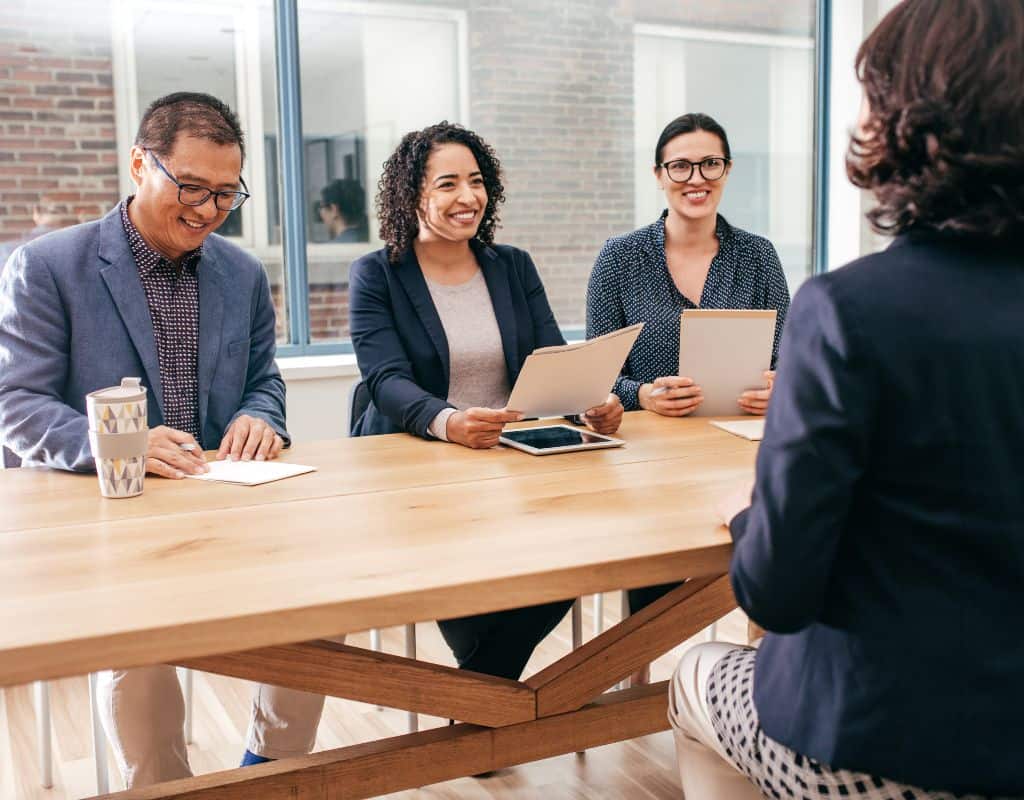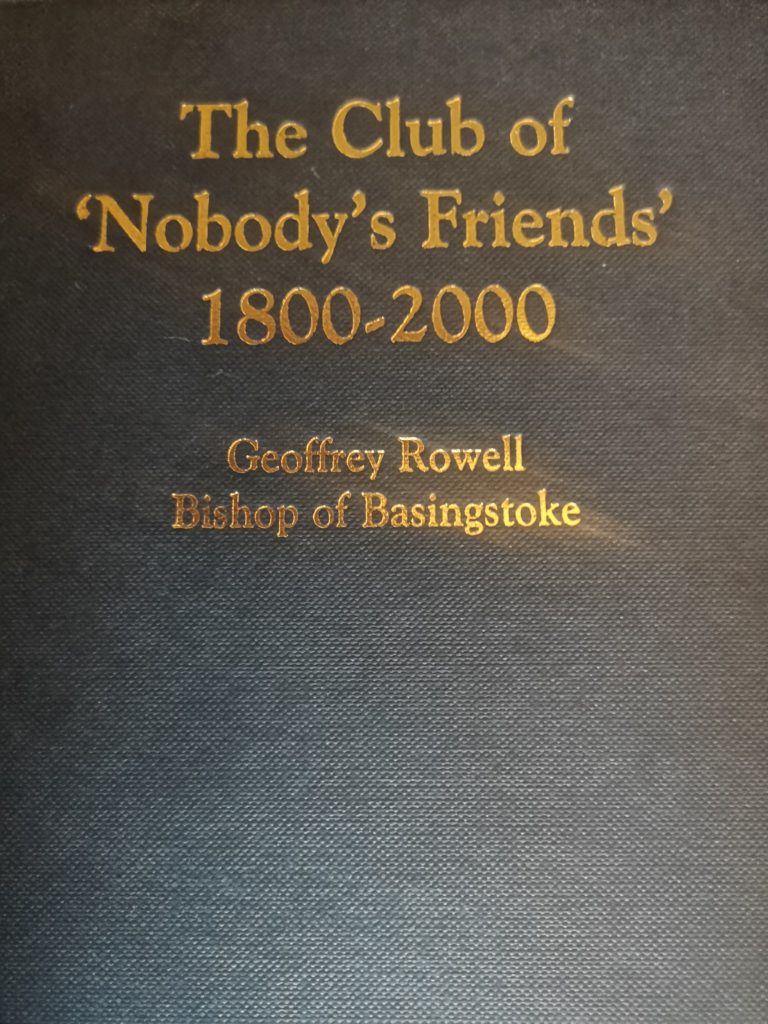
The recent announcement that ten members of the clergy in the C/E are facing a disciplinary process, arising out of the Keith Makin report, was not an unexpected item of news. The Makin report had named dozens of clergy said to have known of Smyth’s criminal activities, but these ten ‘represent those whose actions have been deemed to meet the threshold for instituting disciplinary proceedings’. In other words, these ten clergypersons are to be subject to the scrutiny of the NST and under the terms of the CDM accept whatever penalties that the CDM process decides.
Back in 2020, I took an interest in the case of George Carey and the way that Makin chose to publicise, mid-enquiry, some apparent misdemeanour on his part. This was followed by an immediate withdrawal of Carey’s PTO by the Bishop of Oxford. Many people were puzzled that Carey’s apparent failing was seen to be so serious that, of all the failures being uncovered by Makin, this one alone required immediate action. The removal of Carey’s PTO was reversed some months later, but much damage had been done to Carey’s peace of mind and reputation. My blog piece, that I wrote at the time, focussed on whether Smyth’s brief and tenuous attachment to Trinity College Bristol, where Carey was principal, might have been so transitory that his presence was barely noticed. An exploitation of Trinity’s name to help Smyth in his plan to flee Britain for Africa, where no scandal had yet attached to his name, might offer a plausible interpretation of the facts as we then knew them. According to this interpretation, Smyth had registered as a student, but he was just exploiting a non-residential status at the college as a way of enhancing his CV. Even a fleeting attachment to Trinity College might impress theological institutions abroad, especially in places where the British system was not well understood. A non-residential student in a British college might be regarded as having a status that was not merited. No special reason exists for Carey to have heard of this very part-time student before his arrival. Carey simply did not move in the prestigious evangelical circles occupied by Smyth and his former admirers that had worshipped him summer after summer at Iwerne. The Bash ‘project’ and its focus on evangelising the public-school elite was not something that had any interest for Carey. He would have found the focus on evangelising the privileged classes as something alien, even objectionable. If this very part-time student, Smyth, was, as we suspect, keeping his attendance down to the absolute minimum, there is no reason for Carey to have got to know him or have had reason to consult the files about him. The politics of the evangelical world at the time seem to have been well outside Carey’s concerns.
This month I have had passed on to me Carey’s own autobiographical account of the background to the disciplinary process being currently undertaken against him by the NST. This also sets out material from the work of the earlier 2020 core group. Reading this narrative with the permission of the author, I am, I believe, able to see more of the dynamics of the 2020 core group and the way it became convinced of the guilt of an individual based on what appear to be hunches rather than actual evidence. Stripped down to the bare bones, Carey was deemed guilty of having seen the original 1982 Ruston report on Smyth and having done nothing with the information. The surmise that he had seen the report was based on two passing references in letters sent by David McInnes to David Fletcher. In the second of these two letters, David MacInnes was wanting to trace a number of ‘memos’ describing Smyth’s crimes. He mentioned that a minister called David Jackman had a copy ‘and so had George Carey’. It is this single unsubstantiated and uncorroborated claim that Carey had the document, and he had not reacted by going straight to the police, that is, both then and now, at the heart of the CDM accusation.
Carey’s account of his own self-examination about whether he might have had a lapse of memory, after seeing such an explosive document as the Ruston report, is at the centre of this new autobiographical fragment. Carey rejects the idea that he could have read it, and then immediately put it out of his mind. Such a notion, he concludes, is impossible. Quoting Andrew Graystone, who knows more about the Smyth story than anyone else alive, he explains that the memo ‘is so shocking that I can assure that if you had been presented with Mark Ruston’s 1982 report you would remember it for the rest of your life.’
When my blog piece about Carey and his possible guilt over Smyth came out in 2020, a contributor to the comments section, called David Pennant, came up with a further valuable piece of information. He wrote: I was a full-time ordinand at Trinity College Bristol from 1981 to 1984, and then stayed on researching there from 84 – 86. I went into the college only once a week in the latter period, but in the early period I was there five days a week. We lived a mile away in our own home. This blog is the first time that I have discovered that John Smyth had any connection with the college. Had I known at the time, I would have searched him out and welcomed him, remembering him from Iwerne days. So, I am certain that I never heard anything about his presence. I also only discovered the allegations against him from this blog in recent years.
Reflecting on David’s testimony, we can make one or two observations. If a Iwerne alumnus had been present at Trinity, it is inconceivable that John Smyth would have managed to be so utterly invisible unless he had arranged to make his attendance deliberately so. Also, the evidence and testimony of the one member of staff who would have dealt with an external student, as Smyth must have been, Peter Wiliams, was never followed up by the core group. This might have shown Carey was never party to any information about Smyth and his fleeting attachment to Trinity Bristol in those far-off days. Here the Church of England core group system shows itself unwilling to pursue facts as far as they lead. Certainly, there is plenty of ‘reasonable doubt’ to query the group-think conclusion held by the core group. They decided that George Carey knew all about John Smyth and his crimes but chose to supress this knowledge in order to have a quiet life.
I do not know George Carey personally, though we met at a Hereford diocesan conference in around 1991 when he was Bishop of Bath and Wells. The story that I have discerned now and in 2020 when trying, on this blog, to make sense of his narrative, is capable of more interpretations than just those given by the NST and the original core group. Once again, we seem to be encountering a clear interest in the rights and privileges of institutions and how these take precedence over a concern for justice for the individual. Having been permitted to glimpse the ‘evidence’ brought forward as a way of pinning guilt on Carey, I have very little confidence that church justice is or was being served. We can say that whenever there is evidence that facts are not pursued in a thorough professional manner, any accusations made against an individual lack integrity and even credibility. Common-sense questions also arise about the possible reasons for only one example of malfeasance, Carey’s, being acted upon prior to the excruciatingly delayed publication of the Makin report. What made Carey’s ‘misdeeds’ so much worse than those of others? One word used by both Carey and Julie McFarlane to describe the operation of church justice, whether in the role of the accused or the accusing, is ‘brutal’. There is a brutality about a process which seeks to attack and sometimes destroy those it disapproves of. One thing I can hope for is that the exoneration of George Carey will eventually be complete. Based on the evidence that I have seen, I hope that his friends in the legal world will be able to show up clearly the pettiness, vindictiveness and injustice which the Church of England has allowed to become part of its life. That may lead to the eventual complete dismantling and rebuilding of the structures around safeguarding so that justice, honesty and harmony may be restored to this area of church life.








